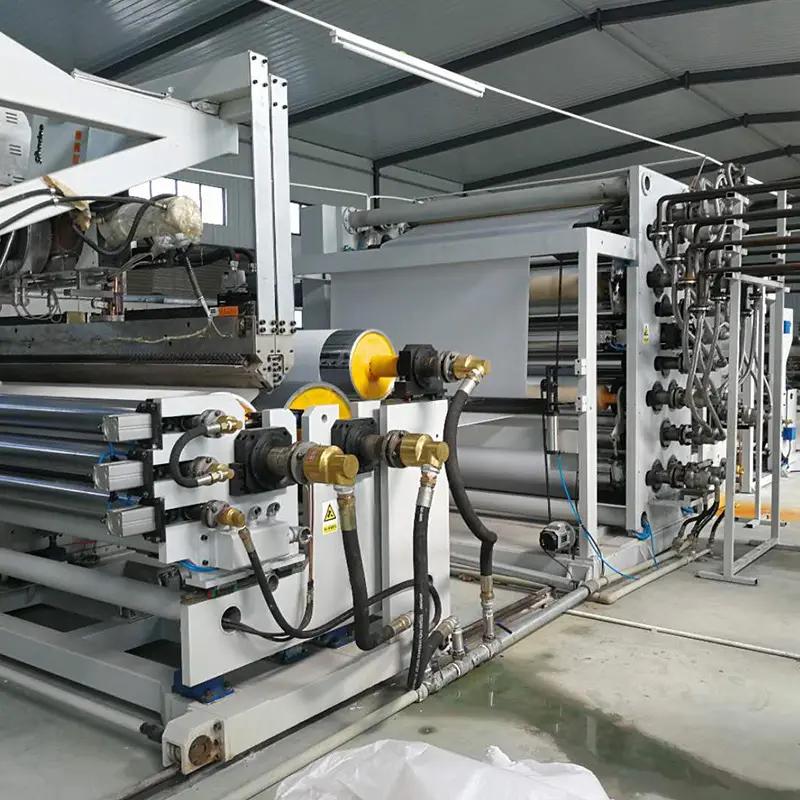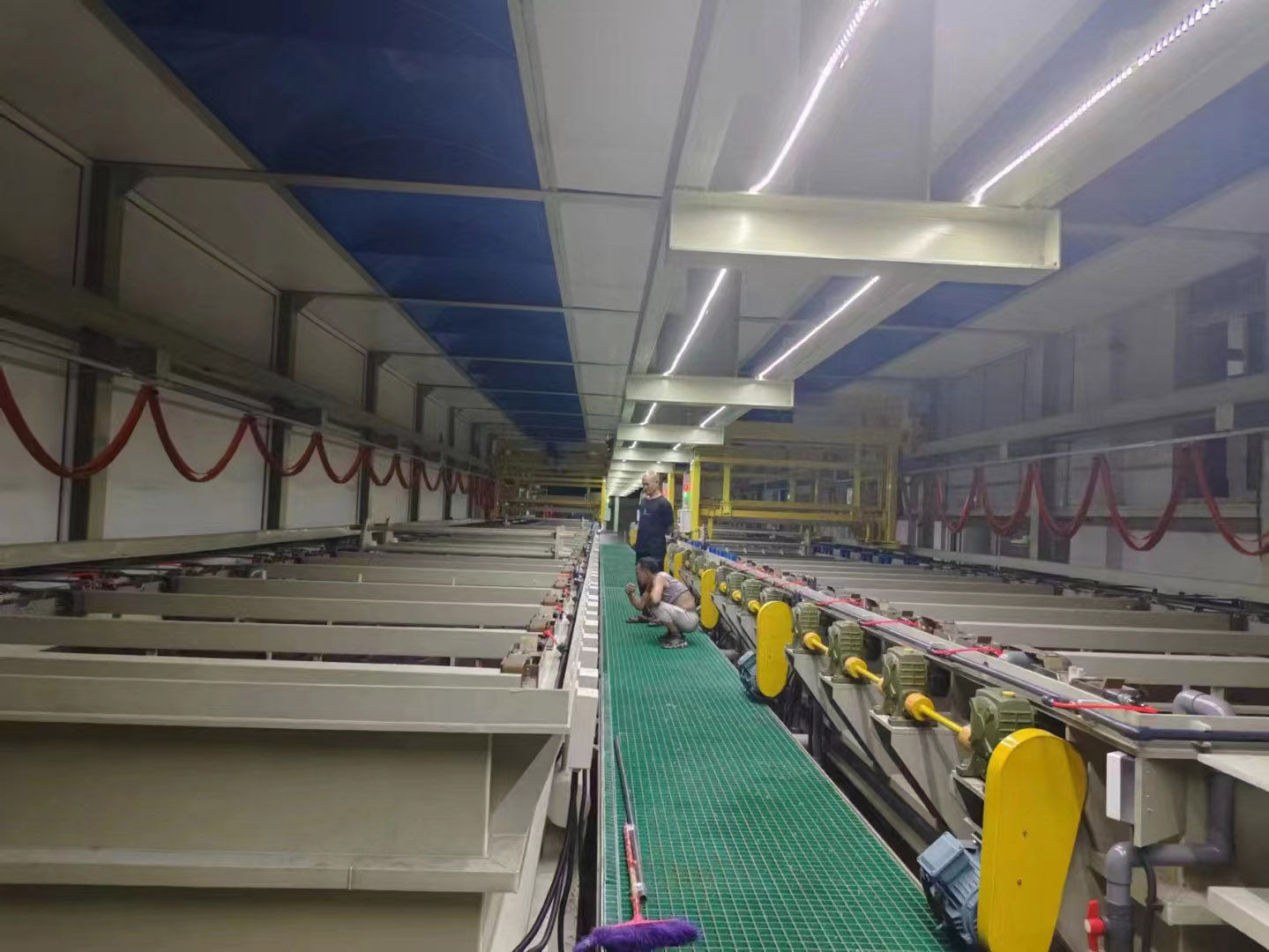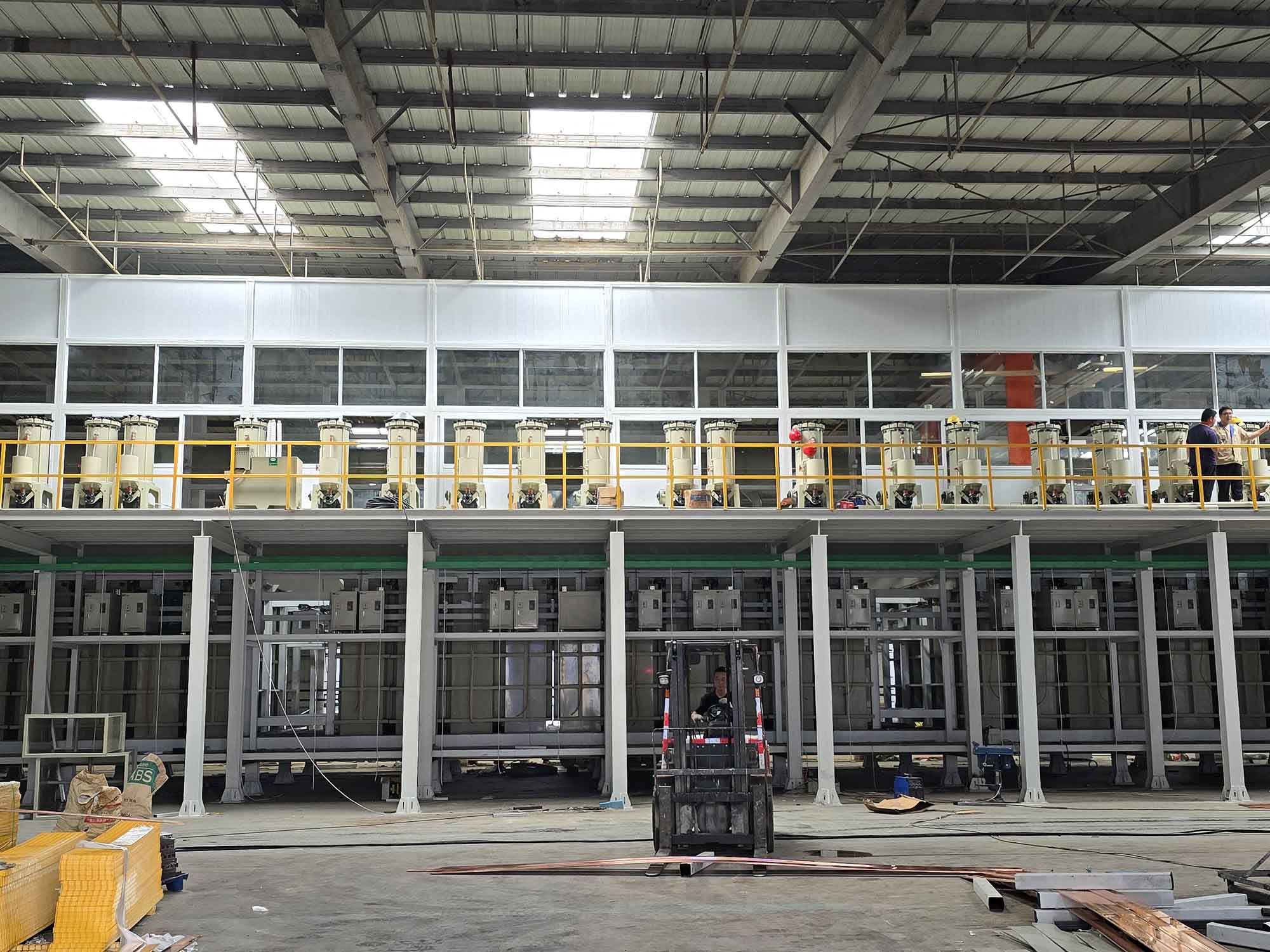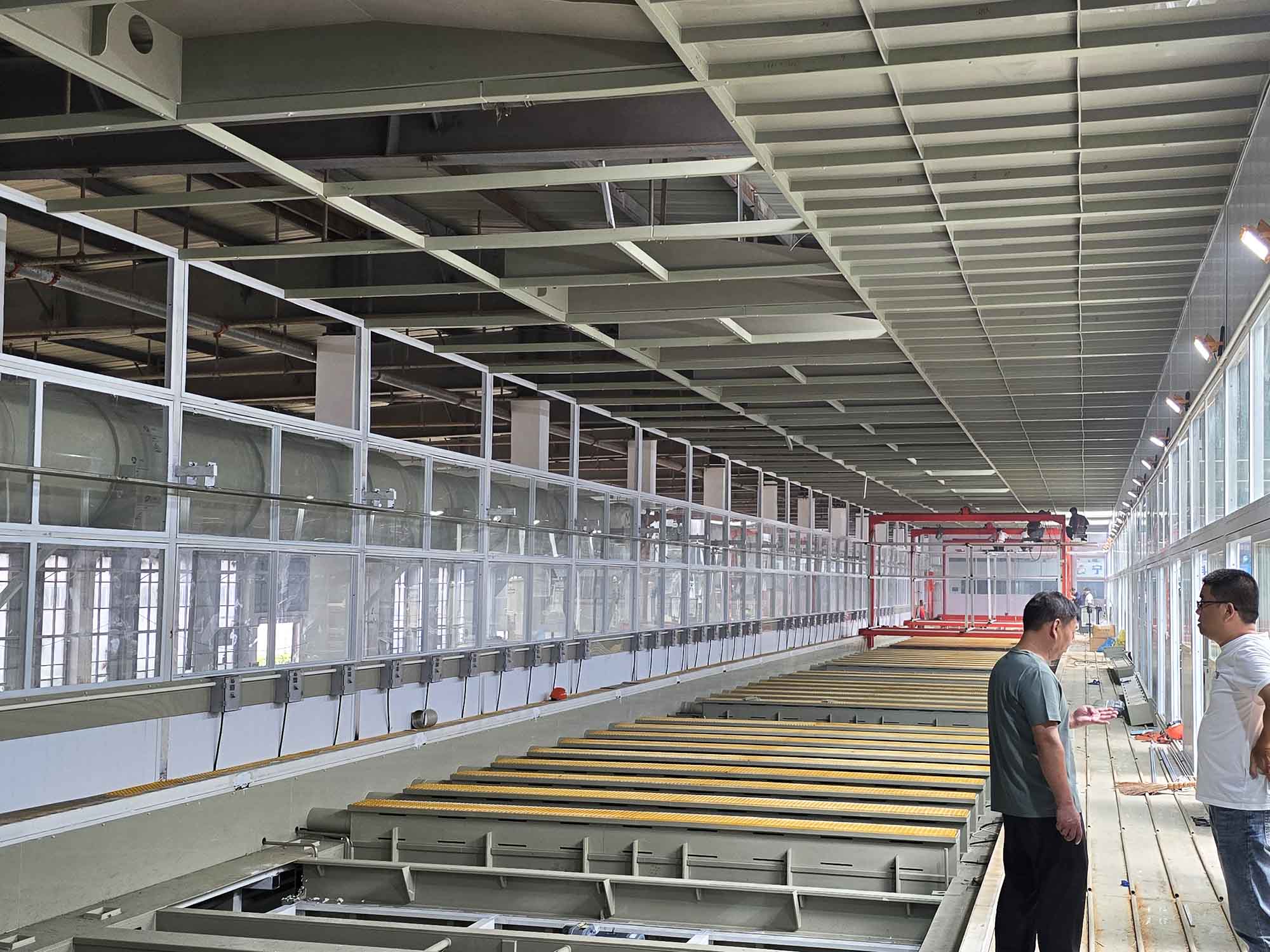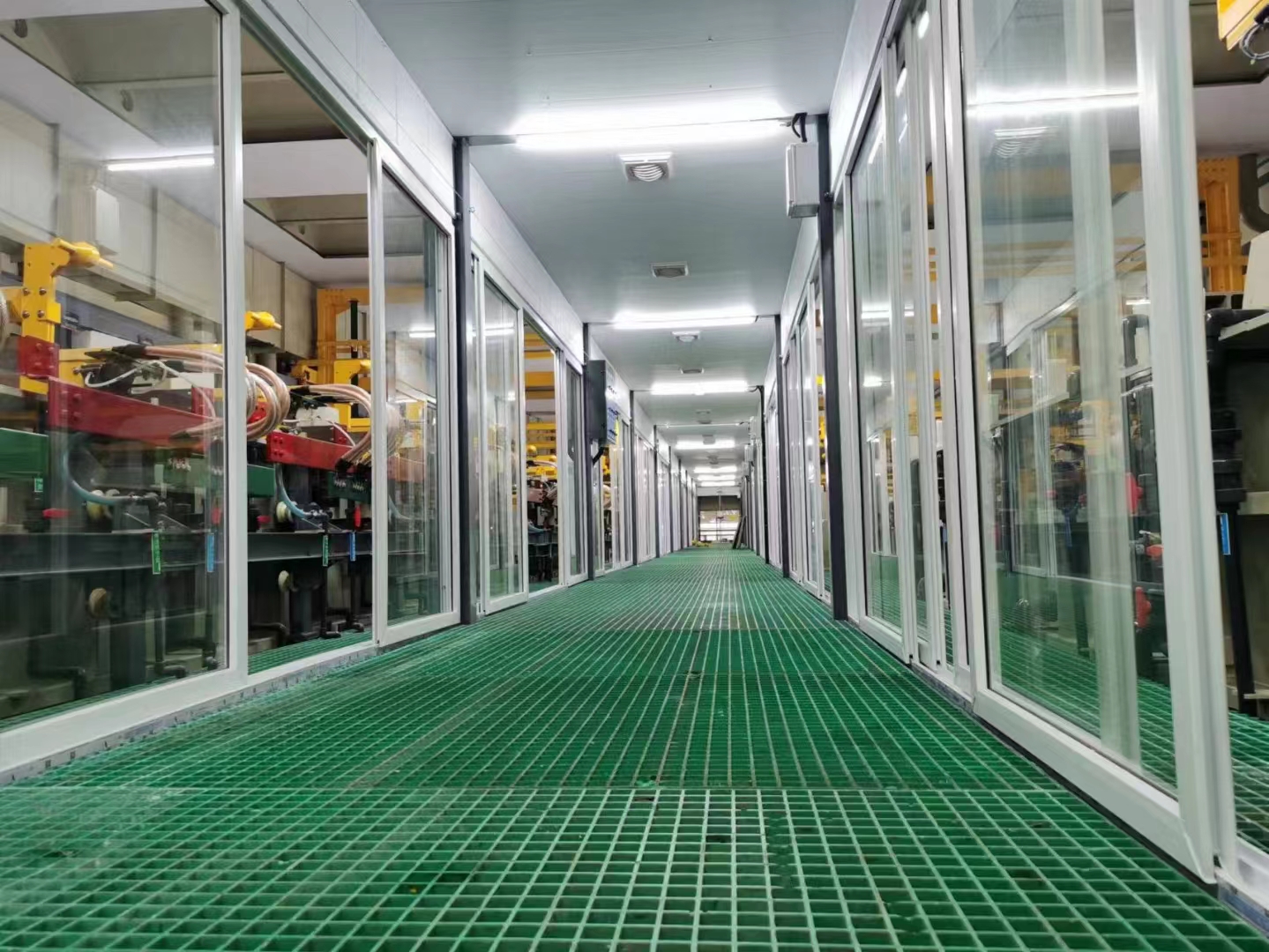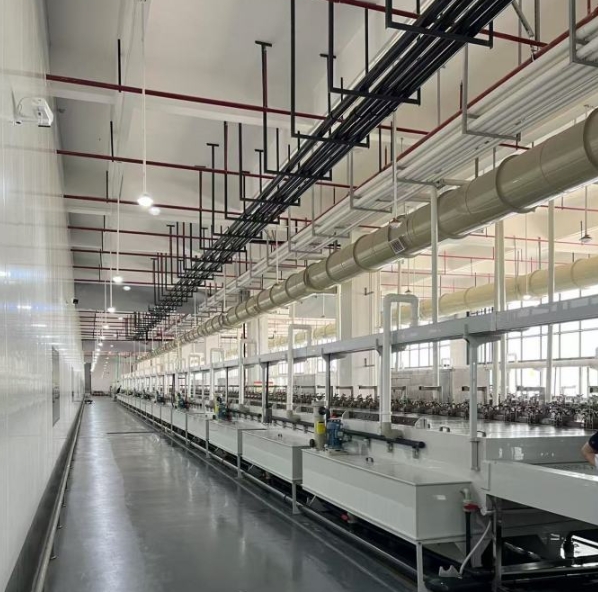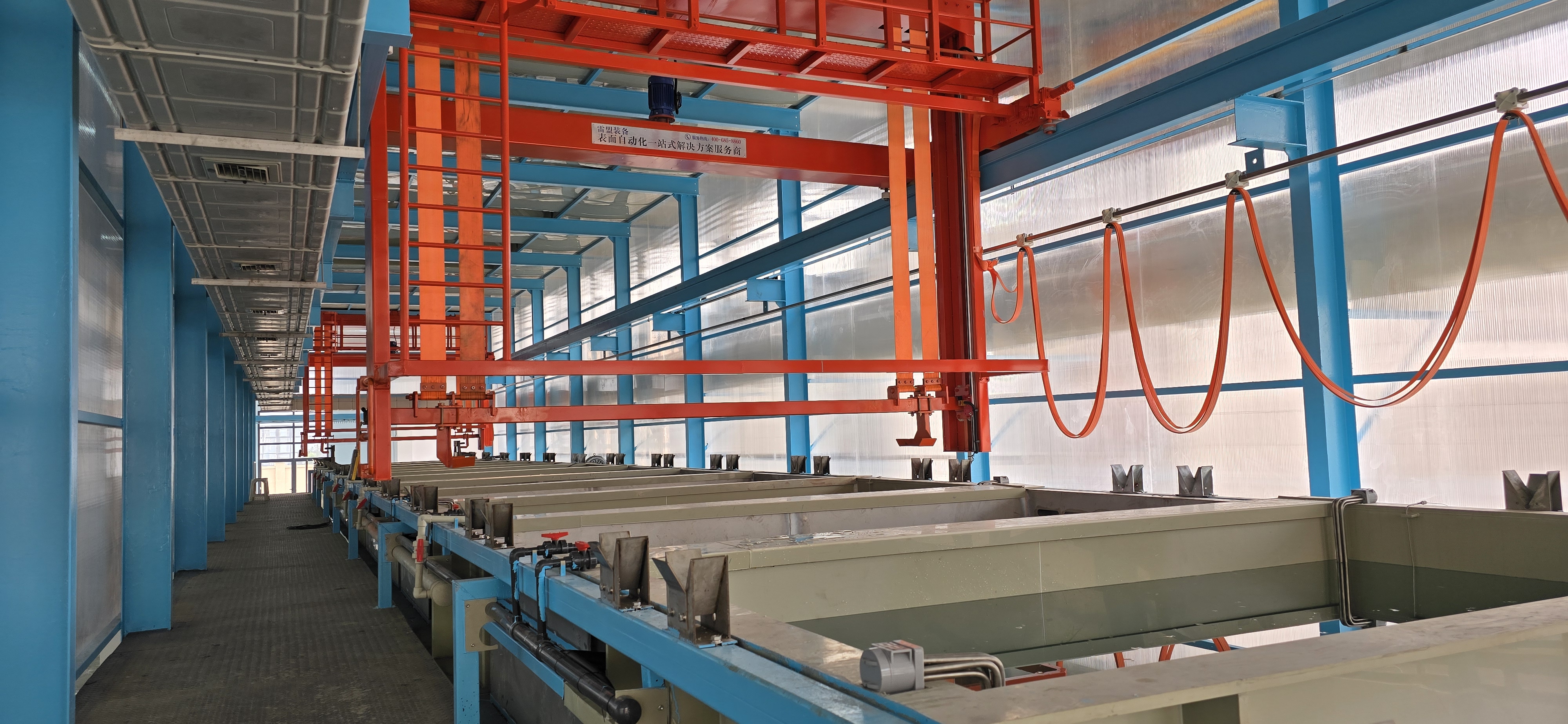Equipment introduction
Raymond Plastic Nonwoven Metalized Equipment - Enhanced Barrier & Aesthetic Solutions
Raymond Plastic Nonwoven Metalized Equipment
Enhanced Barrier & Aesthetic Solutions · Superior Functionality · Versatile Applications
Product Introduction
The Raymond Plastic Nonwoven Metalized Equipment represents a specialized and advanced solution for applying a thin, reflective metallic layer onto plastic nonwoven fabrics. This innovative process enhances the nonwoven material\"s properties, imparting functionalities such as improved barrier performance against gases and moisture, enhanced aesthetic appeal, increased electrical conductivity, and superior thermal insulation. Widely utilized in diverse sectors including packaging, medical, automotive, construction, and specialized industrial applications, metalized nonwovens offer a cost-effective and high-performance alternative to traditional materials.
At Raymond, we understand the evolving demands for high-performance composite materials. Our metalized nonwoven equipment integrates state-of-the-art vacuum metallization technology with precise nonwoven handling systems. This ensures uniform and consistent metallic deposition, even on delicate and porous nonwoven structures. Our solutions are engineered for high efficiency, minimal material waste, and adherence to stringent quality and environmental standards. By leveraging global best practices from leading manufacturers in Europe, USA, Japan, and Korea, Raymond provides cutting-edge equipment that empowers manufacturers to produce innovative, functional, and aesthetically superior metalized nonwoven products, driving new possibilities in material science and application development.
Core Advantages of Raymond Plastic Nonwoven Metalized Equipment
- Enhanced Barrier Properties: The metallic layer significantly improves the nonwoven\"s barrier against oxygen, moisture, and light, extending the shelf life of packaged goods and protecting sensitive materials.
- Improved Aesthetic Appeal: Metallization provides a shiny, metallic look, enhancing the visual appeal of products for packaging, decorative, and fashion applications.
- Increased Electrical Conductivity: For specific applications, the metallic coating can impart electrical conductivity, making the nonwoven suitable for antistatic packaging, EMI shielding, or smart textiles.
- Superior Thermal Insulation: The reflective metallic layer acts as an effective thermal barrier, making metalized nonwovens ideal for insulation in construction, automotive, and protective apparel.
- Lightweight & Flexible: Despite added functionality, metalized nonwovens retain their inherent lightweight and flexible characteristics, offering ease of handling and versatility in design.
- Cost-Effective Solution: Provides high-performance properties at a lower cost compared to traditional foil laminates or other barrier materials, offering a competitive edge.
- Versatile Substrate Compatibility: Our equipment is designed to handle a wide range of plastic nonwoven types, including spunbond, meltblown, and spunlace, made from various polymers like PP, PET, and PE.
- Automated & Precise Control: Features advanced control systems for precise management of vacuum levels, metallization parameters, and web tension, ensuring consistent coating thickness and quality.
Process Flow
The Raymond Plastic Nonwoven Metalized Equipment typically involves a multi-stage process, combining nonwoven fabric production (or unwinding of pre-made nonwoven) with vacuum metallization technology.
1
Nonwoven Unwinding & Pre-treatment
The plastic nonwoven roll is unwound and fed into the system. Depending on the nonwoven type and desired outcome, it may undergo pre-treatment processes such as corona treatment to improve surface energy and adhesion for metallization.
2
Vacuum Metallization Chamber
The nonwoven web enters a high-vacuum chamber. Inside, a metallic material (typically aluminum) is heated to its evaporation point. The evaporated metal condenses onto the cooler nonwoven surface, forming a thin, uniform metallic layer.
3
Cooling & Rewinding
After metallization, the metalized nonwoven web is cooled and then precisely rewound onto a finished roll. Tension control and winding quality are critical to prevent damage to the delicate metalized surface.
4
Quality Control
The finished metalized nonwoven undergoes rigorous quality checks for coating uniformity, adhesion, barrier properties, and visual appearance.
Technical Specifications
Raymond Plastic Nonwoven Metalized Equipment is engineered for high performance, reliability, and adaptability, incorporating advanced features inspired by global industry leaders.
| Technical Parameter |
Specification Range |
| Equipment Type |
Vacuum Metallizer for Nonwovens |
| Web Width |
800mm - 3000mm (customizable) |
| Operating Speed |
100 - 600 m/min (depending on material and coating thickness) |
| Metallization Material |
Aluminum (standard), other metals possible upon request |
| Coating Thickness |
10 - 100 nm (nanometers), adjustable |
| Vacuum System |
High-vacuum pumps (diffusion, turbomolecular, cryo-pumps) |
| Substrate Compatibility |
PP Spunbond, PET Spunbond, PE Nonwovens, Meltblown, Spunlace |
| Roll Diameter (Max) |
Up to 1200mm (unwind/rewind) |
| Control System |
PLC Control (e.g., Siemens, Mitsubishi), HMI Touchscreen, Data Logging |
| Power Consumption |
Varies based on size and configuration |
| Cooling System |
Water Cooling for vacuum chamber and chill rolls |
| Safety Features |
Emergency Stop, Interlocks, Vacuum Safety Systems, Fire Suppression |
Solving Customer Pain Points
The Raymond Plastic Nonwoven Metalized Equipment is designed to effectively address critical challenges faced by manufacturers seeking to enhance the functionality and market appeal of nonwoven materials.
Challenge: Limited Barrier Properties of Standard Nonwovens
Our Solution: Our metallization process significantly improves the nonwoven\"s barrier against moisture, oxygen, and light, making it suitable for demanding packaging and protective applications where traditional nonwovens fall short.
Challenge: Need for Enhanced Aesthetics & Market Differentiation
Our Solution: The metallic finish provides a premium, high-tech appearance, allowing manufacturers to create visually appealing products that stand out in competitive markets, from luxury packaging to decorative textiles.
Challenge: High Costs of Alternative Barrier Materials
Our Solution: Metallized nonwovens offer a cost-effective alternative to more expensive barrier materials like aluminum foil laminates, providing comparable performance at a reduced material cost.
Challenge: Achieving Electrical Conductivity or EMI Shielding in Textiles
Our Solution: For applications requiring static dissipation or electromagnetic interference (EMI) shielding, our equipment can deposit conductive metallic layers, opening up new possibilities for smart textiles and protective gear.
Challenge: Ensuring Uniform Coating on Porous & Delicate Substrates
Our Solution: Our advanced vacuum metallization technology and precise web handling systems ensure uniform metallic deposition even on the porous and delicate structure of nonwoven fabrics, preventing pinholes and inconsistencies.
Challenge: Environmental Concerns & Sustainability
Our Solution: Metallization is a dry process that uses minimal material, reducing waste compared to wet coating methods. The enhanced barrier properties can also lead to reduced food waste and extended product shelf life, contributing to sustainability.
Related Keywords: plastic nonwoven metallization, nonwoven metalized equipment, vacuum metallizer for nonwovens, barrier nonwoven, conductive nonwoven, thermal insulation nonwoven, nonwoven coating equipment, Raymond nonwoven metallization, functional nonwovens, advanced nonwoven materials.
Plastic nonwoven metallization is a surface treatment technology designed to improve the performance and application range of nonwoven fabrics by metallization. The following is a detailed description of plastic nonwoven metallization technology:
I. Overview
Plastic nonwoven metallization refers to the deposition of metals (such as copper, nickel, silver, etc.) on the surface of plastic nonwovens through specific processes, forming a metal plating layer. This technology combines the flexibility of plastic nonwoven fabric with the metal conductivity, corrosion resistance and other properties of nonwoven fabric to achieve a new function and application.
II, Metal plating method
Plastic nonwoven metal plating methods are mainly the following:
1. Chemical plating: also known as electroless plating, is in the absence of applied current, through the principle of redox reaction, the metal ions in the solution is reduced to metal and then deposited on the surface of plastic nonwoven fabric. This method has the advantages of simple process, low cost, energy saving, etc. It is one of the main ways of metal plating on plastic nonwoven fabric.
2. Electroplating: Electroplating requires external current, through electrolysis to make metal ions in the plastic nonwoven surface reduction deposition. Plating layer uniform, dense, but the cost is relatively high, suitable for plating quality requirements of higher occasions.
3. Vacuum sputtering: the use of high-energy particle bombardment of metal targets, so that the metal atoms from the target surface sputtering and deposited on the surface of plastic nonwoven fabric. This method is suitable for plating high melting point metals and alloys, but the equipment is complicated and the cost is high.
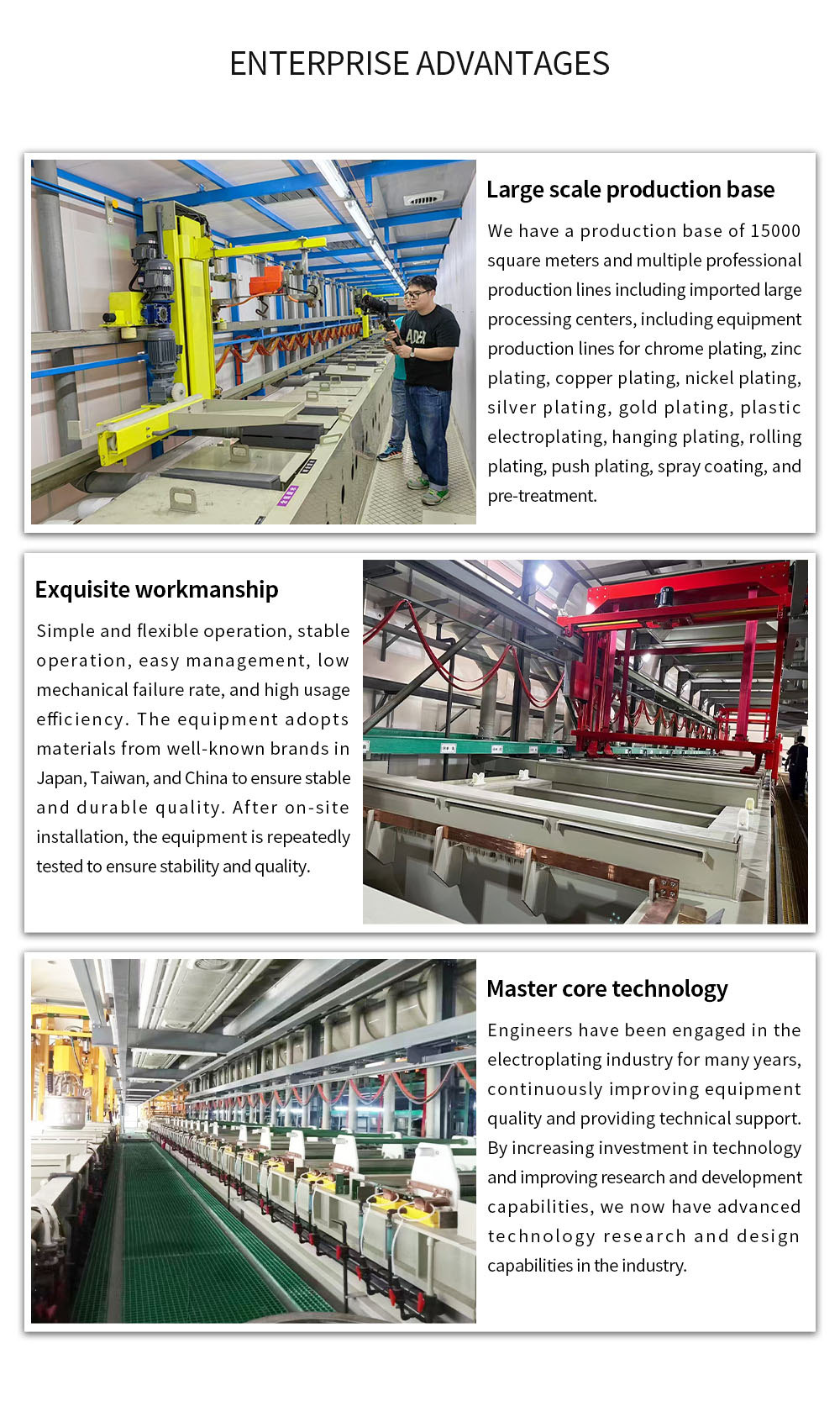

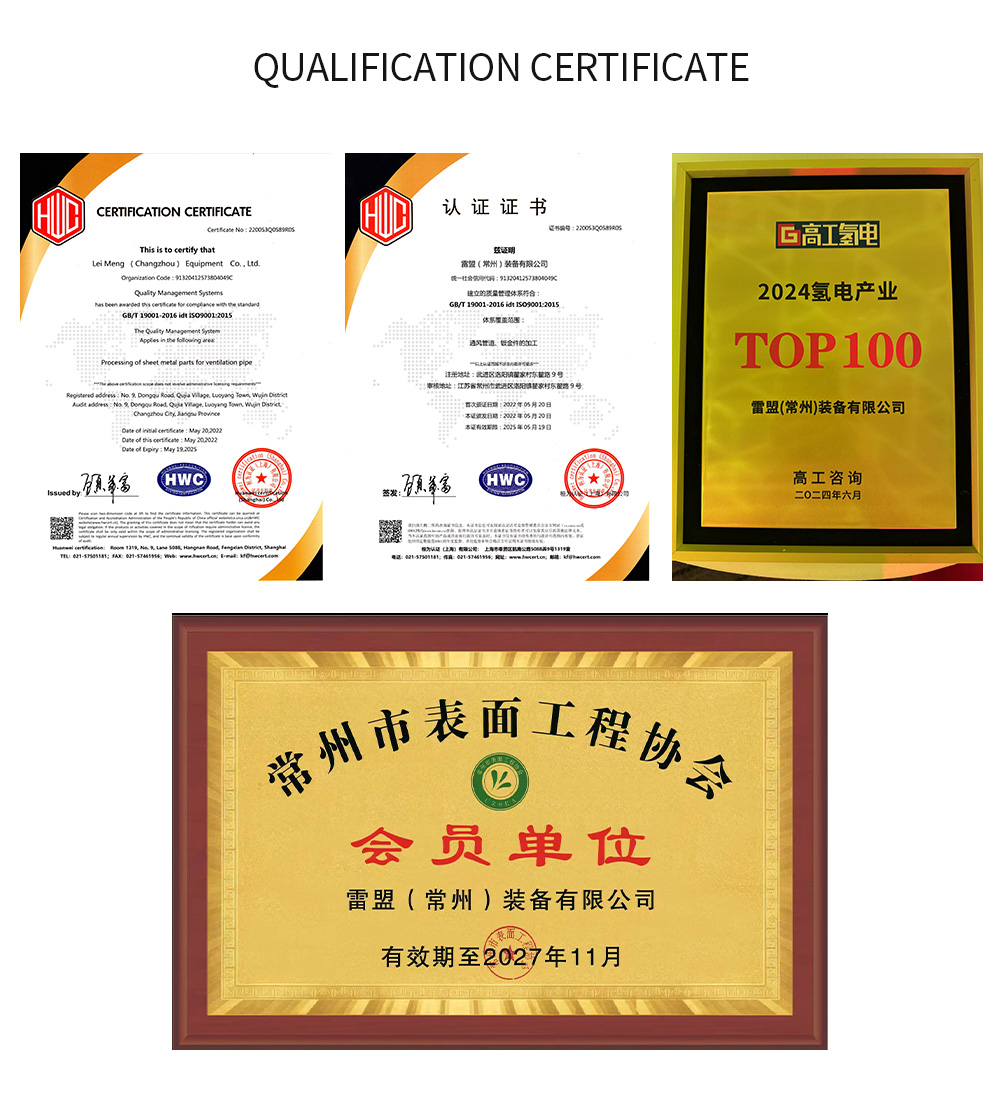
Large scale production base
Lei Meng Equipment have a production base of 15000 square meters and multiple professional production lines including imported large processing centers,including equipment production lines for chrome plating, zinc plating, copper plating, nickel plating,silver plating, gold plating, plastic electroplating, hanging plating, rolling plating, push plating, spray coating, and pre-treatment.
Exquisite workmanship
Simple and flexible operation, stable operation,easy management,low mechanical failure rate, and high usage efficiency.The equipment adopts materials from well-known brands in Japan,Taiwan and China to ensure stable and durable quality.After on-site installation, the equipment is repeatedly tested to ensure stability and quality.
Master core technology
Engineers have been engaged in the electroplating industry for many years,continuously improving equipment quality and providing technical support.By increasing investment in technology and improving research and development capabilities, we now have advanced technology research and design capabilities in the industry
Lei Meng (Changzhou) Equipment Co. Ltd. is a large-scale equipment manufacturing enterprise.After more than ten years of rapid development, ithas two major production bases in Changzhou and Wuxi, as well as a technology research and development center with a total area of 15000 square meters. lt has multiple professional production lines, including imported large-scale machining centers.
